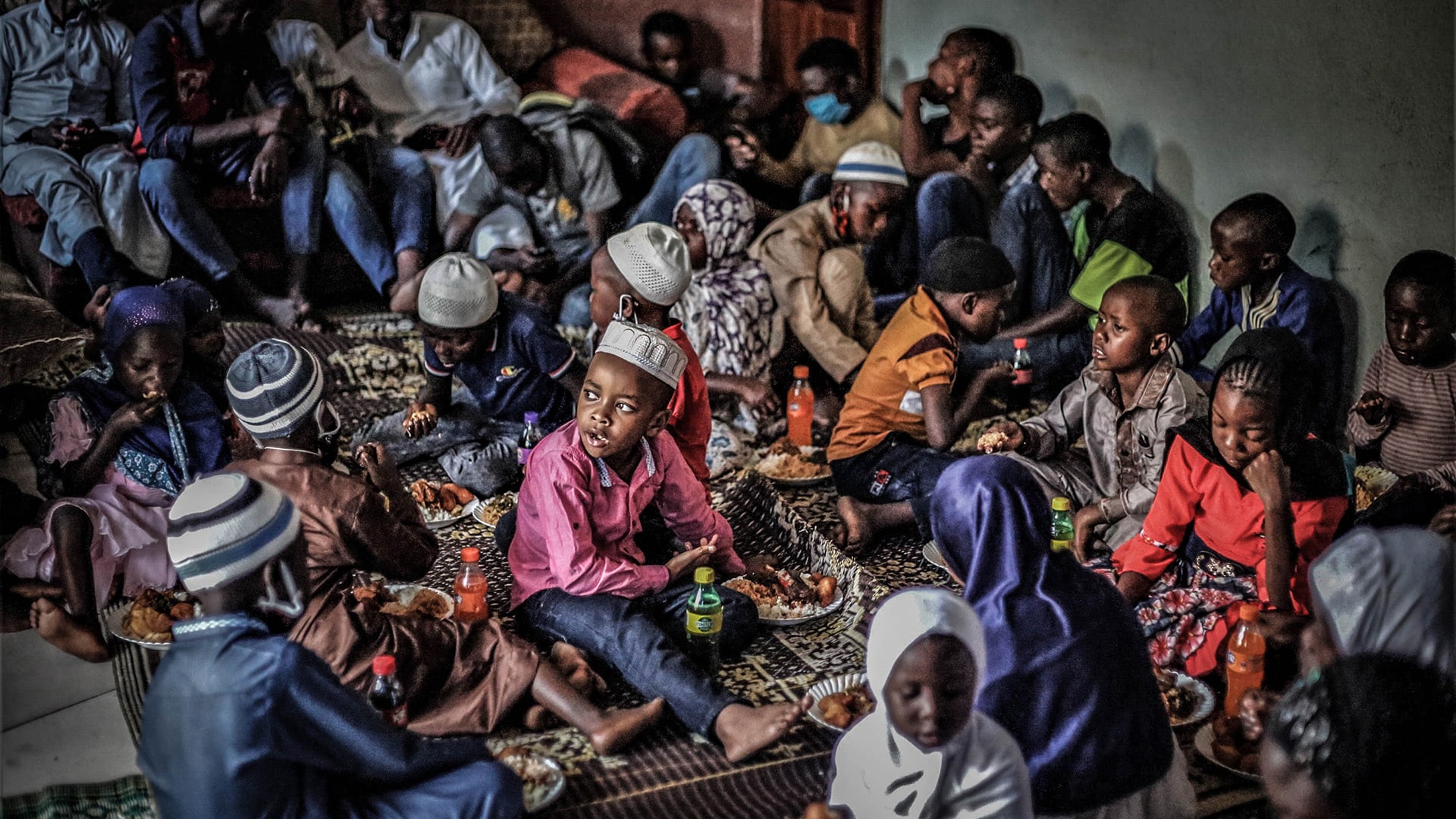Prompted partly by the health crisis, the Carmignac Photojournalism Award has transformed this year into a collaborative project that explores the notion of representation in the Democratic Republic of Congo and spotlights local journalism.

You’re getting blind.
Don’t miss the best of visual arts. Subscribe for $9 per month or $108 $90 per year.
Already suscribed ?



